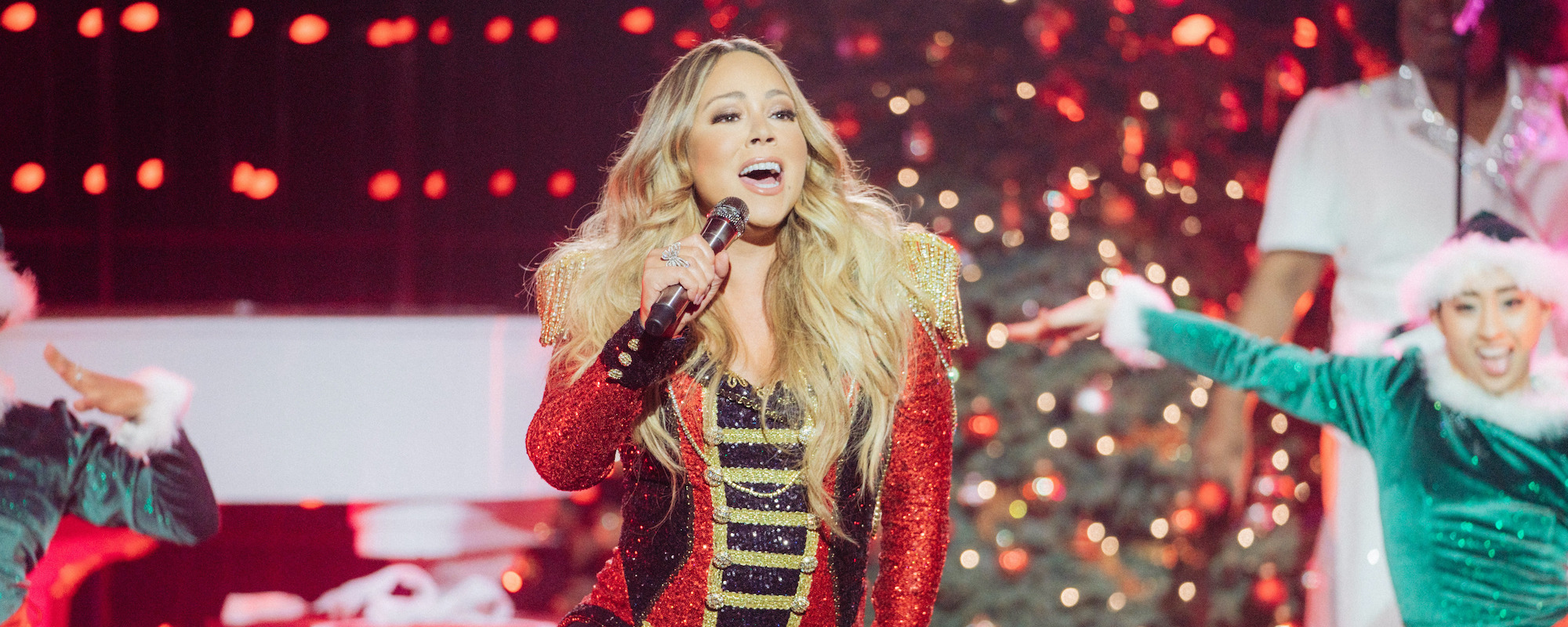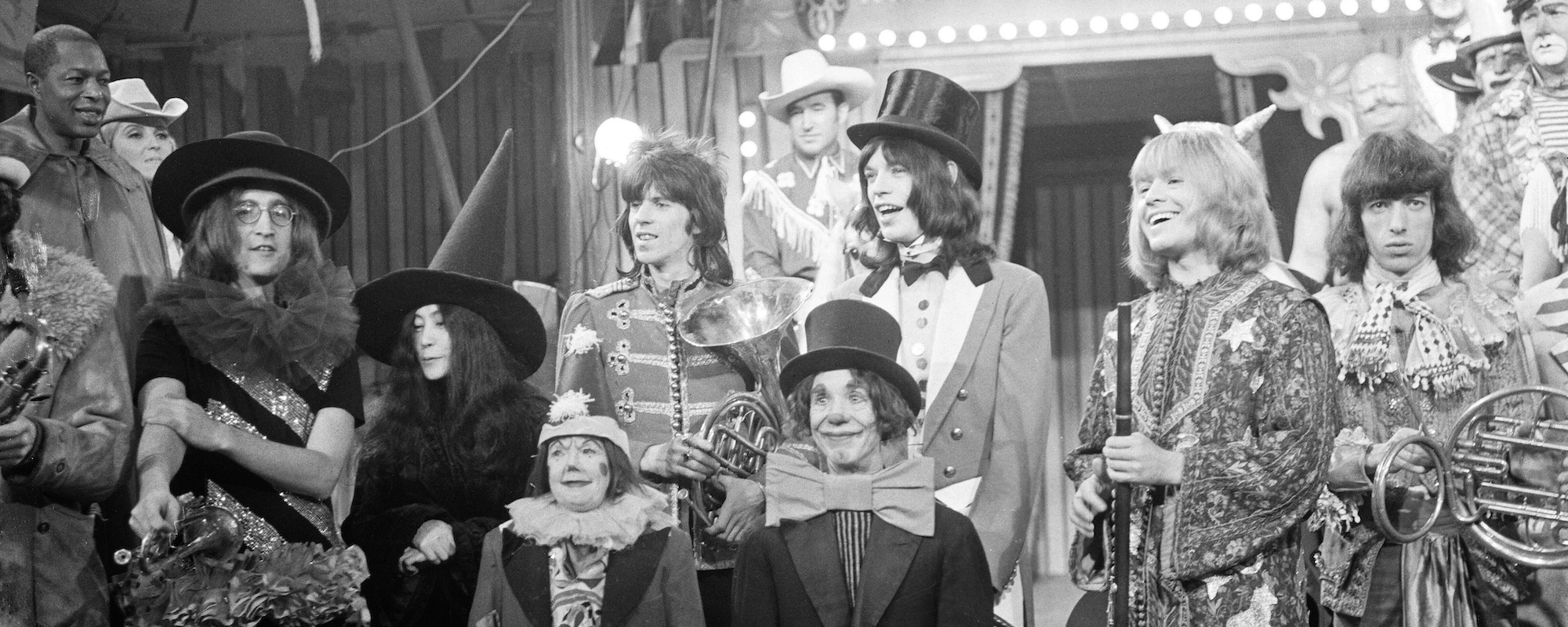When the band first started playing live in their hometown of Jacksonville, Florida in the late ’60s, they called themselves My Backyard. Then they were known as The Noble Five and The One Percent before landing on Lynyrd Skynyrd.
Videos by American Songwriter
First formed in the early 1960s by schoolmates Ronnie Van Zant, Gary Rossington, and Bob Burns, bassist Larry Junstrom (later replaced by Leon Wilkeson), and guitarist Allen Collins soon rounded out the original lineup with Billy Powell later joining on keyboards. Guitarist Ed King also joined, along with longtime drummer Artimus Pyle, who replaced Junstrom around the band’s third album, Nuthin’ Fancy, in 1975.
Just three days following the release of Lynyrd Skynyrd’s fifth album, Street Survivors, which went to No. 5 on the Billboard 200, the band’s early success was cut short when a plane carrying the band crashed, killing Van Zant, backing vocalists Steve Gaines and Cassie Gaines, assistant road manager Dean Kilpatrick, pilot Walter McCreary, and co-pilot William Gray. The band remained mostly dormant for a decade following the tragedy before reforming with its surviving members and Van Zant’s brother Johnny as lead vocalist in 1987.
[RELATED: Top 10 Songs by Lynyrd Skynyrd]
Along with several lineup iterations throughout the years, the band released nine more albums together from Lynyrd Skynyrd 1991 through Last of a Dyin’ Breed in 2012.
Though the band’s history is well-documented at this stage, here are five things to know about Lynyrd Skynyrd.
1. Leonard Skinner
The band’s name originated from Leonard Skinner, their gym teacher at Robert E. Lee High School in Jacksonville, Florida. Skinner was n otorious for sending young men to the principal’s office if their hair grew too long. When he demanded that the boys cut their hair before coming back to school, they refused. They never returned to school and moved forward with Lynyrd Skynyrd.
In a twist of fate, Skinner’s son became a fan of the band’s music. Skinner, who hated rock and roll, also came around and became friends with the band later on.
Read the full story behind Lynyrd’s Skynyrd’s band name HERE.
2. A Career-Altering Tour with The Who
Everything shifted for the band when they went on their very first national tour as the opening act on The Who’s Quadrophenia Tour in 1973. At the time, the band had just released their debut, Pronounced ‘Lĕh-‘nérd ‘Skin-‘nérd, featuring their iconic rock ballads “Simple Man” and “Free Bird,” and they had already established themselves as a solid live act.
The band’s opening slot with The Who was a success and they were continuously called out for encores. “It was obvious from the first minute of the first show that they belonged on that big stage,” said Alex Hodges, CEO of Nederlander Concerts CEO, the band’s agent at the time. “They went out there and did it. It was a great experience and it was just one of the bricks you lay out to build an amazing, everlasting career. But it wasn’t necessarily an automatic decision. It was kind of daunting.”
Hodges added, “The Who was a hard act to open for. The fans weren’t there because of Lynyrd Skynyrd, they were there because of The Who. But it worked out fine, it was part of the journey and part of the story.”
After the success of their 1973 debut and exposure to a larger fan base on the Quadrophenia tour, the band’s 1974 follow-up, Second Helping, and anthem “Sweet Home Alabama,” cemented their post in rock.
3. “Sweet Home Alabama” Responded to Two Neil Young Songs
“Sweet Home Alabama,” the lead single off Second Helping, was a direct response to Neil Young‘s 1970 song “Southern Man,” which blamed the South for slavery in America, and his 1972 “follow-up” Harvest track “Alabama.”
Lynyrd Skynyrd were proud of their heritage and wanted to defend the image of the image of the south on “Sweet Home Alabama.” They couldn’t help but name-drop Young in the song—Well, I heard Mr. Young sing about her / Well, I heard ol’ Neil put her down / Well, I hope Neil Young will remember / A Southern man don’t need him around, anyhow.
Written by Zant, Rossington, and Ed King “Sweet Home Alabama” was the band’s breakthrough and peaked at No. 8 on the Billboard Hot 100 and remains one of their signature songs.
4. Playing “Free Bird” for Nearly 15 Minutes
Though it runs just more than nine minutes on Pronounced ‘Lĕh-‘nérd ‘Skin-‘nérd, when performed live, the band lengthened the run of “Free Bird.” Live, they’d play it out anywhere from 10 or 12 to nearly 15 minutes.
[RELATED: Meet the Writers Behind “Free Bird” by Lynyrd Skynyrd]
“Free Bird” runs 14 minutes, 51 seconds on the band’s 1988 live album, Southern By the Grace Of God.
5. Johnny Van Zant Couldn’t Sing “Free Bird”
When Lynyrd Skynyrd first reformed in 1987 with Ronnie’s younger brother Johnny Van Zant as lead vocalist, he couldn’t sing “Free Bird” for a few years. At the time, the song was too emotional for Zant to get through, so the band would play it as an instrumental and let the crowd sing the lyrics during their 1987–1988 Lynyrd Skynyrd Tribute Tour.
Zant finally sang the song live on the Lynyrd Skynyrd 1991 Tour during a show in Baton Rouge, Louisiana, where the band was headed when their plane crashed in 1977.
Photo: Richard McCaffrey/ Michael Ochs Archive/ Getty Images













Leave a Reply
Only members can comment. Become a member. Already a member? Log in.